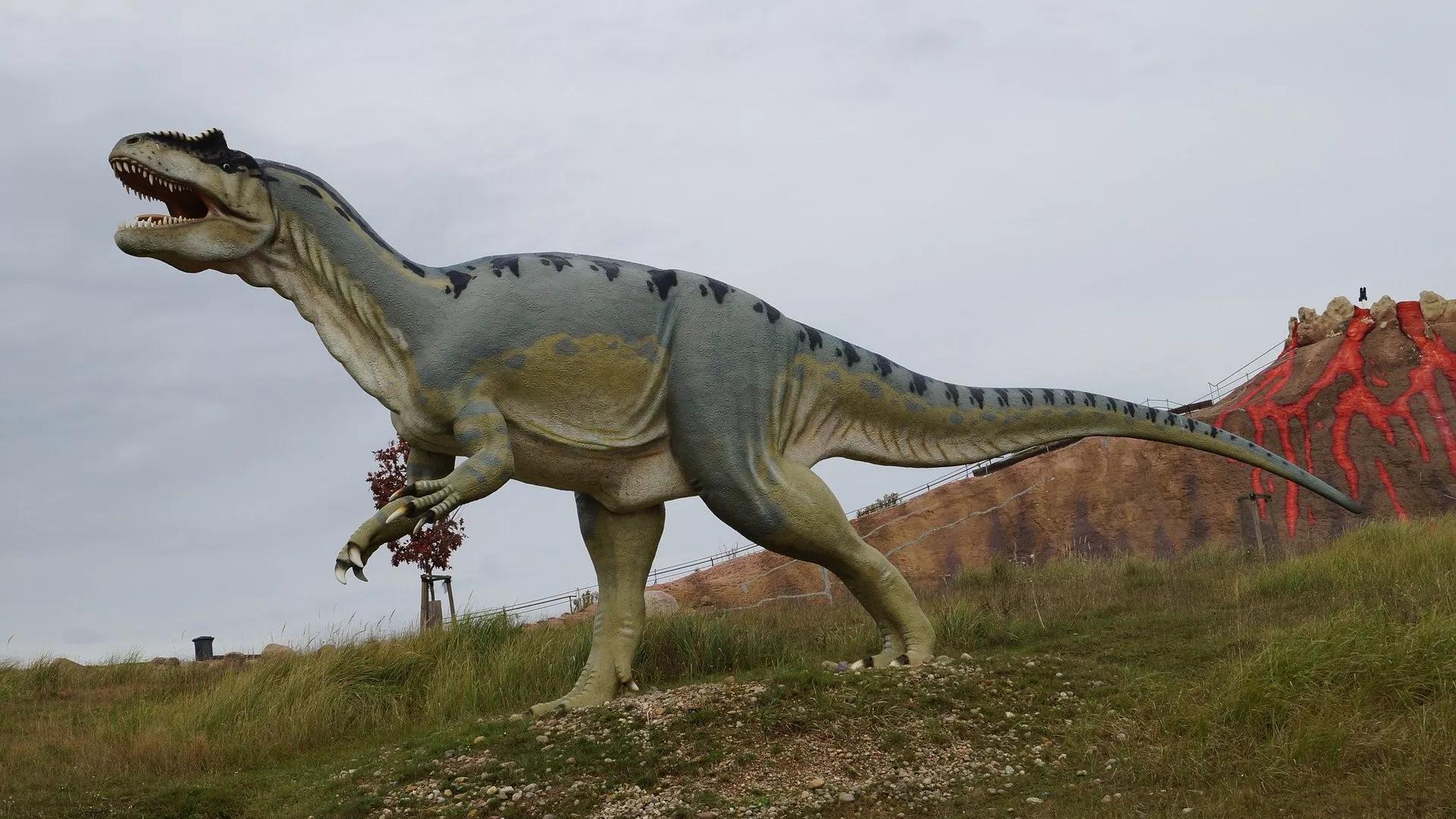Africa-Press – Liberia. The author of the new hypothesis noted that his and other hypotheses related to the size of the T-rex’s arms may be hard to substantiate, as the dinosaur went extinct millions of years ago.
Kevin Padian, a paleontologist and Professor of Integrative Biology at the University of California, Berkeley, has proposed a new hypothesis that might explain why the arms of the dinosaur known as Tyrannosaurus rex are so short.
In a paper published in the Acta Palaeontologia Polonica journal, Padian postulates that T-rex’s arms decreased in length in order to prevent amputation – accidental or intentional – that might’ve otherwise occurred when a pack of these creatures set upon a carcass to feast.
Thus, he suggested, “it could be a benefit to reduce the forelimbs, since you’re not using them in predation anyway”, noting that bite wounds could result in infection, haemorrhaging, shock, and eventual death.
Padian noted that the predecessors of tyrannosaurids had longer arms, and that there must be a reason for these limbs’ decrease in size and joint mobility.
He also observed, however, that any hypothesis regarding this development, including his hypothesis, will be hard to substantiate in light of the T-rex’s extinction millions of years ago.
For More News And Analysis About Liberia Follow Africa-Press






